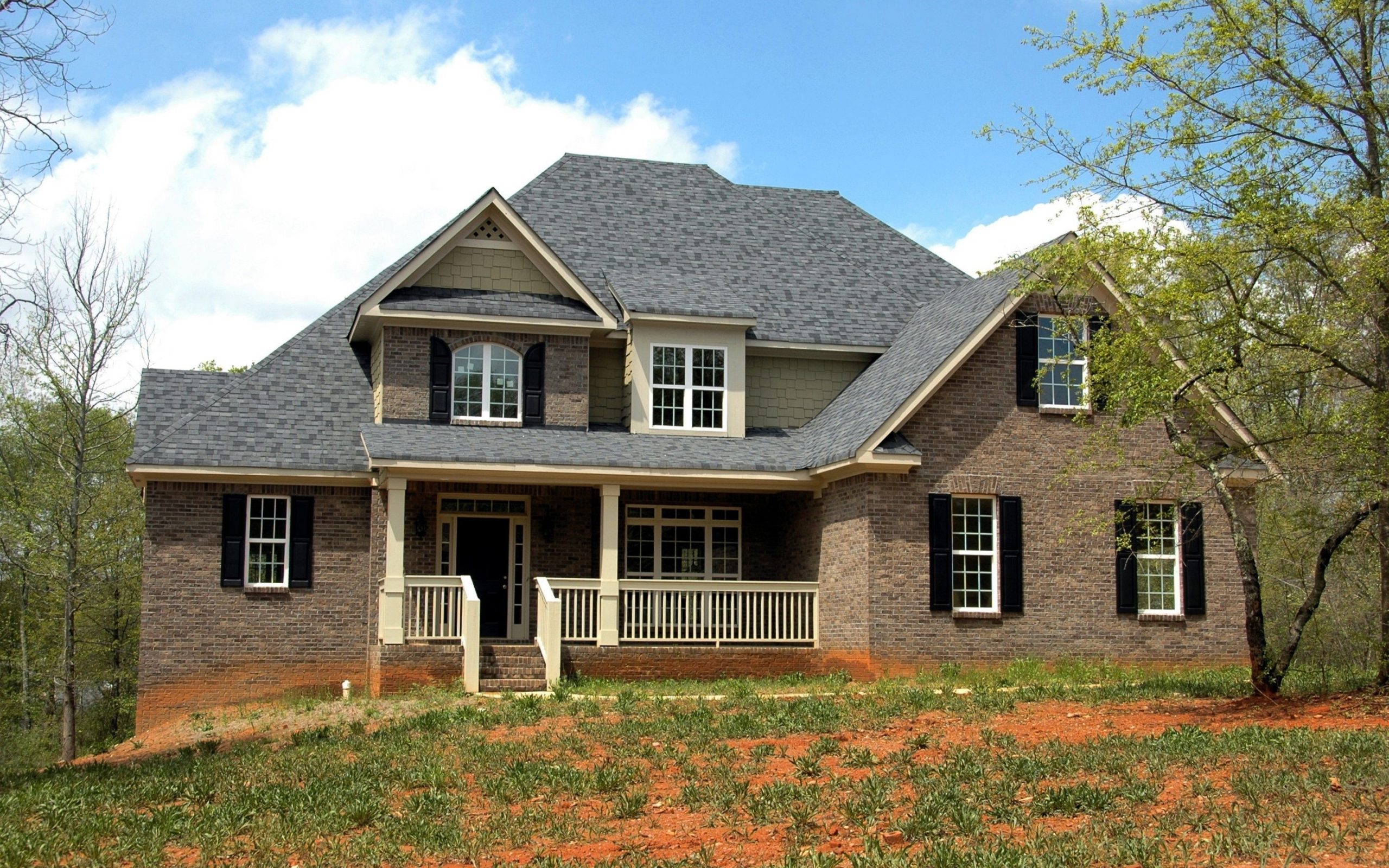
Dwelling coverage, also known as primary structure coverage, is a type of homeowners insurance that protects your house’s physical structure from hazards covered by the policy. It protects you from potentially high costs if you have to rebuild your homes, like your house’s walls, floors, roof, support beams, and foundation. Dwelling coverage is also not just limited to where you live in your home. Any related constructions, which implies to your garage or basements, a deck or front and back porch linked to your house may all be deemed a part of your dwelling and so covered by your homeowner’s insurance policy’s dwelling coverage.
Table of Contents
What is Covered by Dwelling Insurance?
Standard Insurance Information Institute dwelling coverage typically covers all sources of house damage, with the exception of those listed as exclusions in the policy. As a result, it may cover the majority of typical occurrences, such as:
- Fire or smoke
- Hurricane
- Hail
- Lightning
- Explosion
- Water damage caused by burst pipes or overflowed household appliances
- Theft
- Vandalism
- Falling objects
- Weight of ice, snow, or sleet
- Impact by aircraft or land vehicle
- Riots
While dwelling insurance usually covers these risks, you should always verify your personal homes insurance company to see what it covers. Reading your policy would be of great help and if you have any confusion consider contacting your insurance provider and directly enquiring them about your particular case.
What is Not Covered by Dwelling Insurance?
Floods, earthquakes, sewer backups, and damage caused by a lack of maintenance are often not covered by a normal homes insurance policy. To assist cover some of these extra risks, you may be able to purchase supplementary coverage or a separate insurance policy. To assist cover sewage backups, you might be able to add water backup coverage to your existing homes insurance policy. Alternatively, flood insurance may be available to help protect your house from floods. Find out what choices are available to you by speaking with your insurance representative.
Here is a list of some of the most common scenarios dwelling does not cover:
- Earthquakes (anything to do with earth moving. This includes sinkholes)
- Floods
- General wear and tear
- Lack of regular and proper maintenance
- Infestations
- War or nuclear hazards
- Intentional loss
- Smog, rust, corrosion, and rot
Again if you have any particular questions on what dwelling coverage covers, consider directly reaching out to your insurance provider.
Dwelling Coverage Limit and Deductible
Dwelling coverage is frequently subject to deductibles and limits. Your limit is the most your homeowner insurance policy will payout in the event of a covered loss. The amount you’ll pay out of pocket for a covered claim is your deductible.
You select your dwelling coverage limit when purchasing homeowners insurance. The cost of reconstructing your house should be used to set the limit (not necessarily the market value of the home). The majority of homeowners insurance policies provide replacement cost coverage for your home’s structure.
Another thing to consider is that your dwelling coverage limit may influence other coverages you may have. Other structure coverage limits are typically a percentage of the dwelling coverage limit. For example, if you have a coverage of $200,000, your structure’s coverage limit would be $20,000.
Both limit and deductible are important criteria for determining your monthly insurance premiums. The higher the limit you have, the more an insurer is obligated to pay you during an insurance claim, which translates into higher monthly premiums.
However, the more deductible you have, the more you have to pay out of your own pocket during an insurance claim. This often means that the chances for you filing a claim are low, which lowers the monthly insurance premiums significantly.
Actual Cash Value Coverage vs Replacement Cost Coverage
It is important to understand that not all Dwelling coverage is made in the same way and the type of payout you’ll receive depends on whether you opted for Actual cash value coverage or the replacement cost coverage. So let’s look at some of their fundamental differences.
Actual cash value coverage: Actual cash value coverage is usually quite a bit cheaper when compared to replacement coverage; this is because when computing your payout, this form of coverage takes depreciation into account. While depreciation estimates differ by the insurer, a typical way is to estimate the lifespan of the home’s components and deduct a percentage for each year after the purchase.
What this really means is that consider your roof as an example. According to your insurer’s estimate, the average lifespan of a roof is 20 years. 15 years have passed in its lifespan, and you file a claim to repair it. If a new roof would cost 10,000 dollars, your insurer will not pay for the whole thing. Instead, they will pay a partial amount considering how long you have already used the roof in the first place. So, what exactly you get will depend on some hardcore calculation and the formulae states.
R × (E – C) / E = ACV
R = replacement cost of the item E = expected life (lifespan) of the item C = current life of the item ACV = actual cash value
Plugging the values from our scenario will yield.
10,000*(20-15)/20
And the final amount will be $2,500.
What all this calculation means is you will get just $2,500 for your roof and have to put the rest of the money out of your own pocket. And this is why Actual cash value coverage is significantly cheaper to get.
Replacement Cost Dwelling Coverage: This sort of insurance might pay for the cost of replacing or rebuilding your property with equivalent materials and quality. So, if you need to file a claim, you’ll obtain the money you need to restore or rebuild your house. Referring to our example above, instead of just $2,500, the insurer will provide us with the full amount.
Replacement Cost Dwelling Coverage does not take depreciation into account, but this makes it quite a bit more expensive to get compared to Actual cash value coverage.
So which one to get? It depends on your preference; if you are concerned about budget, Actual cash value coverage will be better for you. But if you want peace of mind, consider Replacement Cost Dwelling Coverage.
How Much Dwelling Coverage do I Need?
The amount of dwelling coverage required is completely determined by the market worth of your property and the cost of repairing, rebuilding, or replacing it in the event of a disaster. Because the cost of labor and building materials fluctuates and rises with the cost of living, you should check in with your house insurance agent at least once a year to see whether you have appropriate coverage on your property.
Keep in mind that it’s better to be over-insured than under-insured in a catastrophic event. A decent rule of thumb is to determine how much local house builders charge per square foot, then double that by the square footage of your home and the cost of flooring, roofing, and woodwork to find the dwelling coverage you may need. It’s also critical to read your house insurance policy’s declarations page to determine your dwelling limit and how you’d be compensated if a claim were to be submitted.
Alternatives to Coverage A
If you are on a strict budget and not a fan of spending a monthly premium, here are some alternatives to insurance a coverage:
Get Actual Cash Value Coverage
Although it significantly reduces how much you can potentially get during an insurance claim, having actual cash coverage at least gives you some security, especially when you are just getting started and the depression value is lower.
Save Money in a High-Yield Savings Account
Instead of paying a monthly premium, saving money for such an emergency can be a great alternative. This way, you can have complete control over your money and use it any way you will. But one obvious downside is that if an accident happened during the first couple of years, your sayings would be unlikely to make up for the loss.
Bottom Line: Is Coverage A (Dwelling) Worth It?
The cost of home repair has skyrocketed in the last few years, and in case of an unfortunate event, having coverage (dwelling coverage) can make or break your finances. In most cases, the premium you pay each month makes it up for the security and peace of mind coverage insurance. But in case you are on a tight budget, consider checking out our tips on reducing insurance coverage per month to give yourself some headroom. For more such tips on homeowners insurance, keep an eye on our daily blogs.



